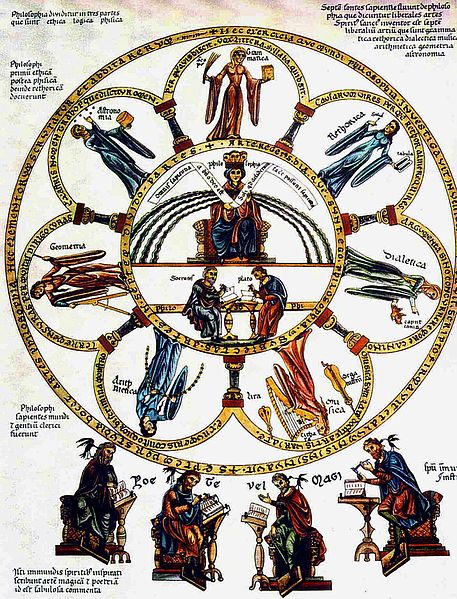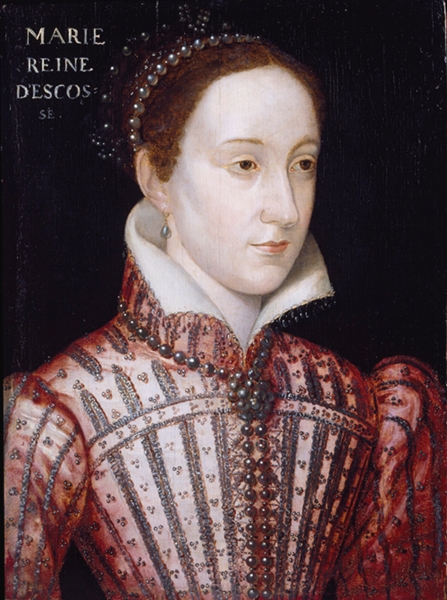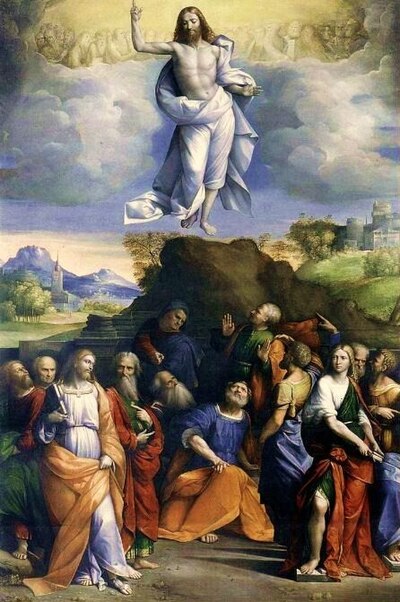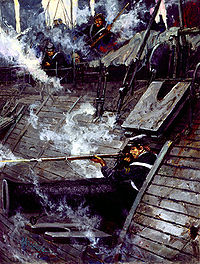All through the Spring of 1862, the Union Army of the Potomac, 105,000 men, under the command of US Major General George B. McClellan, had been creeping its way up the Peninsula, the finger of land between the James and York Rivers. The goal was the capital of Virginia and the Southern Confederacy, Richmond. Standing in the way was initially hardly anything, but eventually, a Confederate force of 60,000 men under CS Gen Joseph E. Johnston arrived from Northern Virginia to confront the Union host.
Johnston gave ground before the larger foce of McClellan for weeks, and by the end of May 1862, the Union Army sat within sight of the steeples of Richmond. It was at that point that Johnston finally resolved to attack, and attack he did on 31 May 1862 at the area known as Seven Pines or Fair Oaks in Henrico County, Virginia. The target would be two Union corps isolated from the rest of McClellan's force by the swampy Chickahominy River: the III and IV Union Corps.

US Brigadier General Heintzelman commanded the III Corps, while US Brigadier General Keyes commanded the especially isolated IV Corps. [Map by Hal Jespersen, www.cwmaps.com]
CS Gen. J.E. Johnston ordered the right wing of his army, some 39,000 of the total 63,000 in his command, to attack the left wing of McClellan's army, those two Union corps totalling about 34,000 men. The attack was supposed to have three elements involved: the CS Divisions of Longstreet on the left, D.H. Hill in the center, and Huger on the right. Although the attack was to begin at 8AM on 31 May, Longstreet routed his and Huger's men on the wrong road -- so CS Major General D.H. Hill opened the battle at 1PM instead. Longstreet's men would arrive later, but Huger's never would.

The fighting would be terrible and bloody driving the Union IV Corps back with great loss -- and at dusk, CS General Joseph Johnston was wounded. CS Major General Gustavus Smith took temporary command.
During the second day of fighting, 1 June 1862, both sides rushed fresh troops into the battleground, but neither side was able to deliver a decisive blow. By noon, the battle was done. The final casualties were around 5,000 for the Union and 6,100 for the Confederacy.
The NPS account is found here:
http://www.cr.nps.gov/hps/abpp/battles/va014.htm
Here is the account from the Civil War Daily Gazette:
http://civilwardailygazette.com/2012/05/31/confederate-blunders-at-seven-pines-union-blunders-in-the-valley/
Effective that second day of the battle, 1 June 1862, however, President Jefferson Davis appointed CS General Robert E. Lee commander of what the general would rename the Confederate Army of Northern Virginia.

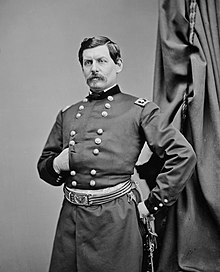
Two Giants of the Age: CS General Robert E. Lee (Left) and US Major General George B. McClellan (Right)
US Major General McClellan remained outside Richmond with his Union Army of the Potomac, but he had now lost the initiative to man that was more than willing to use it. CS General Lee would oversee an aggressive series of attacks at the end of the month that would save Richmond -- the Seven Days' Battles...
Live well!














